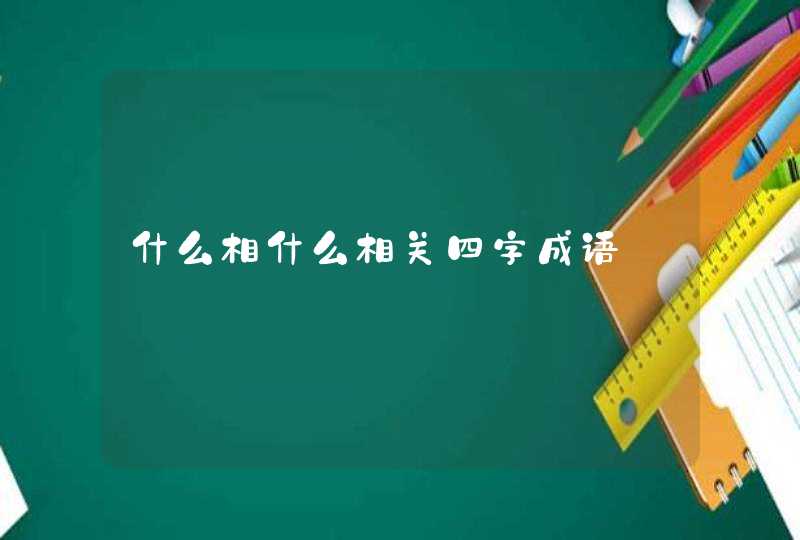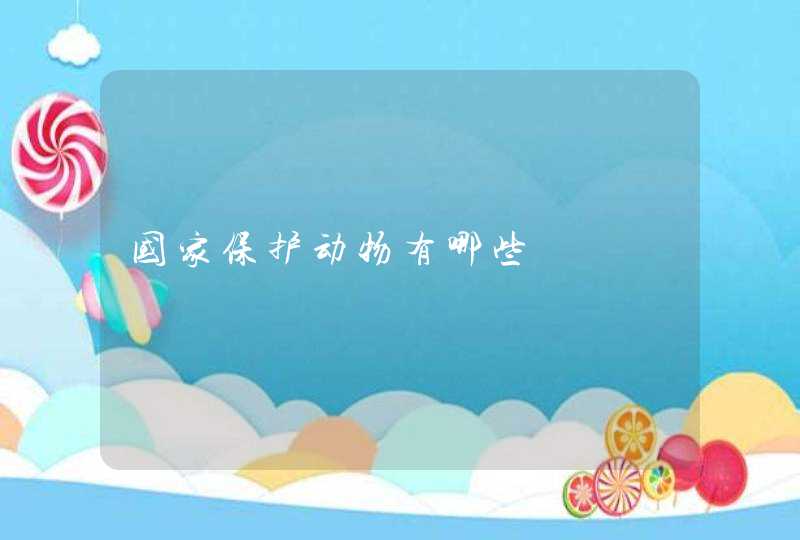少子 准确来说就是 载流子 但是在PN 结里面分为P型N型 在P型里面多子是空穴少子是电子 在N 型里面多子电子少子空穴
少子寿命就是少数载流子受激发从产生到复合的时间!单位微秒!
简单地说,
可以通过控制半导体的掺杂浓度来控制半导体的电阻率;
可以通过减少晶体缺陷(如退火等)和减少重金属杂质的污染来提高半导体的少子寿命;可以通过在半导体中掺入深能级杂质来降低半导体的少子寿命。
1少量深能级杂质能大大降低少子寿命。过渡金属杂质往往是深能级杂质,如Fe、Cr、Mo等杂质。
2 电阻率的影响
随着电阻率的增大,少子寿命也不断增大。
3 温度变化强烈影响少子寿命。但是影响规律十分复杂。一般为随温度上升少子寿命先降后升。
少子寿命是硅晶中少数载流子从产生到复合所需要的时间。它是用来判定单晶硅完美性的重要指标之一。它主要跟单晶硅的纯度和缺陷有关,特别是重金属杂质。少子寿命越高,硅晶电池的转换效率也要高。所以,在单晶硅的生产中,要尽量提高少子寿命,使用纯度高的多晶硅原料,减少生产过程中的污染等。
If the lifetime of the excess carrier is longer than it takes to cross a wafer thickness, the transit time, then most of the photogenerated excess carriers can be collected as current from a solar cell If the lifetime in the material is much longer than the transit time for the wafer, then the current can be collected at higher voltages, with each higher lifetime corresponding to a higher voltage at the same current collection fraction With all other design elements of the solar cell equal, solar cells with higher carrier recombination lifetimes will have higher efficiencies High-efficiency solar cell designs are critically dependent on the carrier lifetime Standard solar cells are dependent up to a point, and then other losses tend to cause the efficiency gains to plateau with additional increases in lifetime
以上就是关于什么是单晶硅的少子寿命全部的内容,包括:什么是单晶硅的少子寿命、怎样控制电阻率和少子寿命、为了准确测量少子寿命应该满足哪些条件等相关内容解答,如果想了解更多相关内容,可以关注我们,你们的支持是我们更新的动力!


